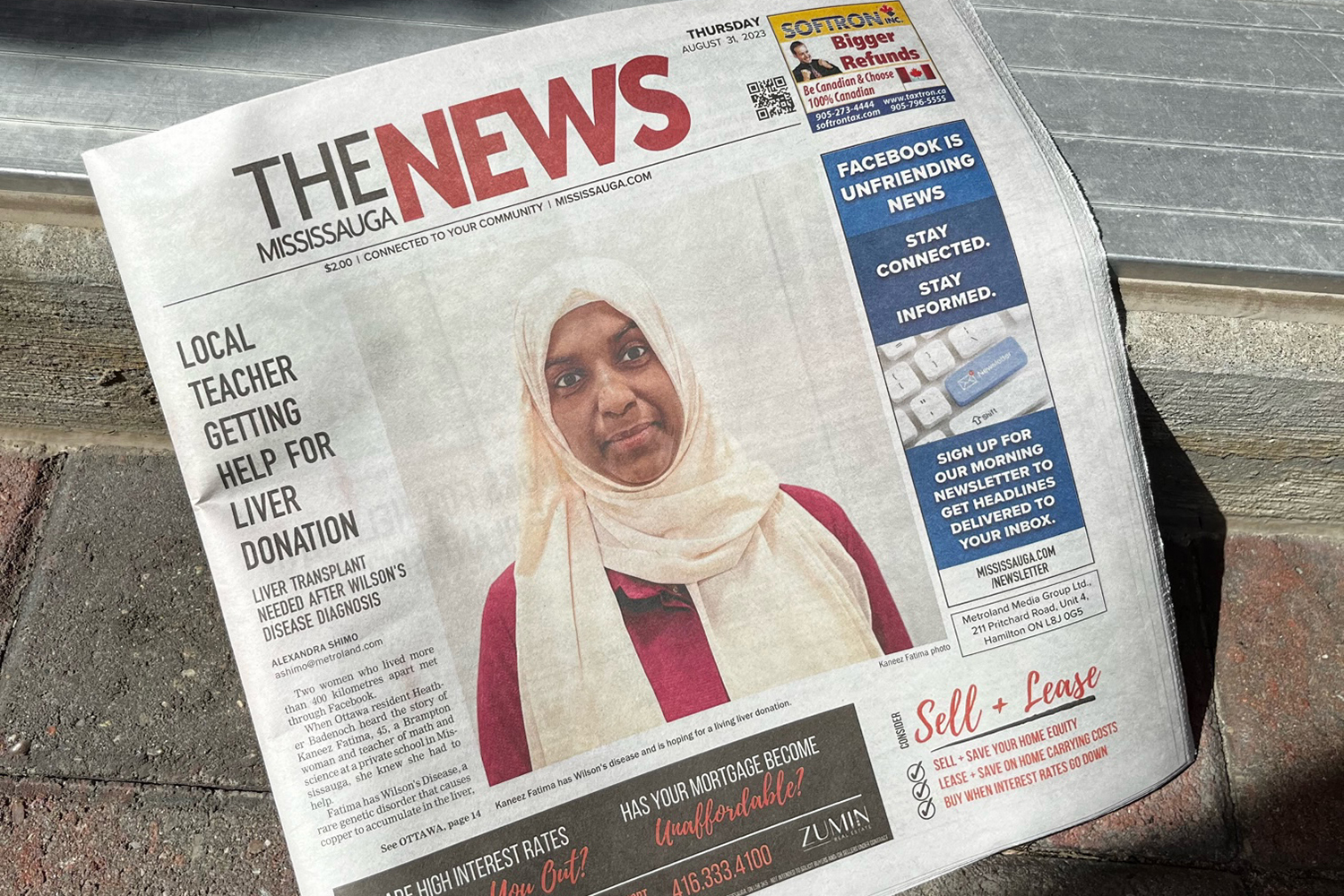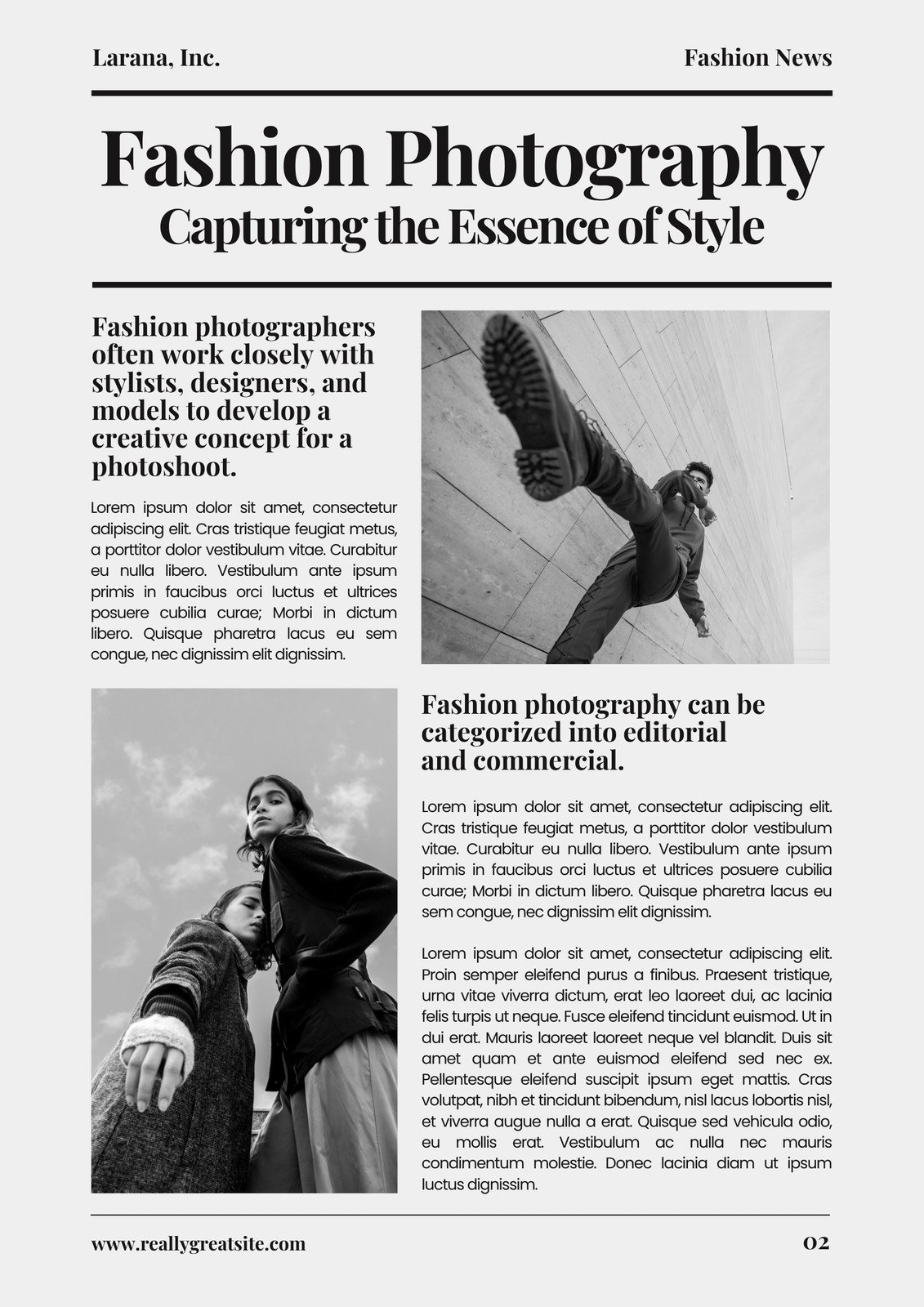A Biased View of News Articles
A Biased View of News Articles
Blog Article
The Ultimate Guide To News Articles
Table of ContentsThe 10-Minute Rule for News ArticlesLittle Known Facts About News Articles.4 Simple Techniques For News ArticlesIndicators on News Articles You Should KnowNot known Details About News Articles
Great knowledge of different subjects offers pupils a competitive edge over their peers. Despite the fact that electronic and social media sites are conveniently accessible, we ought to not fail to remember just how vital it is to review the papers. Parents should attempt and instill the routine of reading a paper as an everyday regimen to continue the tradition of the revered print medium.Information stories also consist of at least one of the adhering to essential characteristics loved one to the designated target market: proximity, importance, timeliness, human interest, peculiarity, or effect.
Within these limits, information stories also aim to be detailed. Amongst the bigger and extra revered newspapers, fairness and balance is a significant variable in presenting information.
Papers with an international target market, as an example, often tend to utilize a more formal style of writing. The certain selections made by an information outlet's editor or content board are usually accumulated in a design overview; common design guides include the and the US Information Design Book. The main objectives of information writing can be summed up by the ABCs of journalism: precision, brevity, and clarity.
The Greatest Guide To News Articles
As a rule, reporters will certainly not utilize a lengthy word when a short one will do. Information authors try to stay clear of using the same word more than as soon as in a paragraph (often called an "resemble" or "word mirror").
Nonetheless, headings sometimes leave out the subject (e.g., "Leaps From Boat, Catches in Wheel") or verb (e.g., "Pet cat female lucky"). A subhead (additionally subhed, sub-headline, subheading, subtitle, deck or dek) can be either a subordinate title under the main headline, or the heading of a subsection of the article. It is a heading that comes before the primary message, or a team of paragraphs of the main message.

of a write-up topic, source, or interviewee), it is referred to as a drawn quote or pull quote. Extra signboards of any of these kinds may show up later on in the article (specifically on subsequent web pages) to attract additional analysis. Journalistic websites in some cases use computer animation techniques to swap one billboard for one more (e.g.
How News Articles can Save You Time, Stress, and Money.
Such billboards are likewise utilized as pointers to the article in various other areas of the magazine or website, or as advertisements for the piece in other publication or websites. News release of the Swiss government. Regular structure with title, lead paragraph (summary in vibrant), other paragraphs (details) and call details.

Example of a hard-lead paragraph NASA is recommending an additional space task. The agency's spending plan request, introduced today, consisted of a plan to send one more objective to the Moon. This moment the agency intends to develop a lasting center as a jumping-off place for various other room experiences. The budget requests roughly $10 billion for the task.
The NASA announcement came as the company requested $10 billion of appropriations for the project. An "off-lead" is the 2nd crucial front page news of the day. The off-lead appears either in the leading left corner, or directly listed below the lead on the. To "hide the lead" is to start the post with background information or information of secondary value to the visitors, compeling them to find out more deeply into a short article than they ought to have directory to in order to discover the essential points.
The Ultimate Guide To News Articles
Usual use is that or 2 sentences each develop their very own paragraph. Journalists typically describe the organization or structure of an information story as an upside down pyramid. The important and most intriguing aspects of a story are put at the beginning, with sustaining information following in order of lessening importance.
It allows people to discover a topic to just the depth that their inquisitiveness takes them, and without the imposition of information or nuances that they can think about irrelevant, however still making that info offered to more interested visitors. The inverted pyramid structure also makes it possible for articles to be trimmed to any approximate size during design, to suit the area offered.
Some authors start their tales with the "1-2-3 lead", yet there are lots of kinds of lead offered. A kicker can refer to numerous points: The last tale in the news broadcast; a "satisfied" tale to end the show.
Longer short articles, such as publication cover posts and the pieces that lead the inside areas of a paper, are recognized as. Attribute stories vary from straight news in a number of means.
Some Known Details About News Articles
A function's first paragraphs typically relate an intriguing minute or event, as in an "unscientific lead". From the details of an individual or episode, its sight rapidly widens to generalities concerning the story's topic.

The Editor's Tool kit: A Reference Guide for Beginners and see this website Professionals (2001) Allan M. Siegal and William G. Connolly. The New York Times Handbook of Style and Usage: The Official Style Guide Used by the Writers and Editors of the Globe's A lot of Reliable Newspaper (2002) M. L. Stein, Susan Paterno, and R.
Report this page